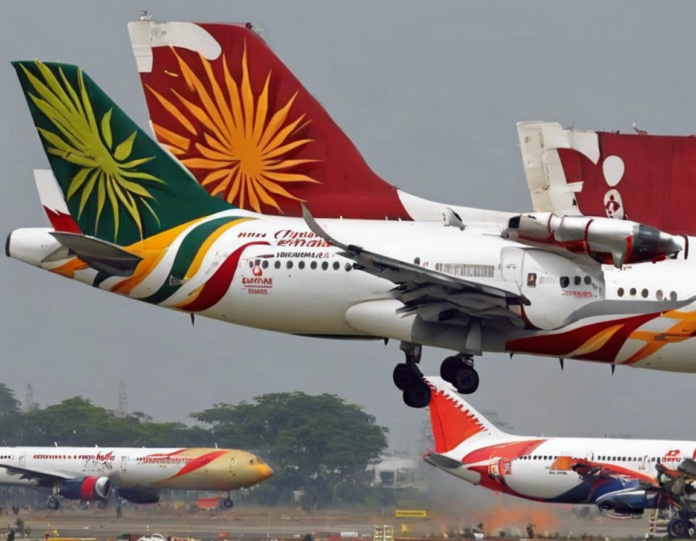Bomb threat situations are alarming and can cause widespread panic and disruption. In such instances, swift and coordinated actions are crucial to ensuring the safety and security of all individuals involved. Recently, a bomb threat was reported on a Chennai-Mumbai flight, highlighting the importance of crisis management and response protocols in such high-stress scenarios.
Understanding Bomb Threats:
A bomb threat is a warning or declaration of intent to detonate an explosive device to cause harm, destruction, or disruption. These threats can occur in various settings, including airports, public buildings, transportation systems, or even via electronic communication.
Response to Bomb Threats:
When faced with a bomb threat, it is essential to follow established procedures to protect lives and property. Key steps include:
-
Immediate Evacuation: If a threat is deemed credible, immediate evacuation of the area or facility is necessary to minimize potential harm.
-
Contact Authorities: Notify law enforcement and relevant authorities about the threat to initiate a coordinated response and investigation.
-
Search and Sweep: Conduct a thorough search of the premises, vehicles, or aircraft to locate any suspicious items or packages.
-
Communication: Keep passengers and personnel informed about the situation while avoiding panic-inducing language or actions.
Chennai-Mumbai Flight Bomb Threat:
The recent bomb threat on a Chennai-Mumbai flight prompted an emergency landing and evacuation of passengers for further security checks. Such incidents underscore the importance of preparedness, vigilance, and collaboration among stakeholders in the aviation industry to mitigate risks and ensure passenger safety.
Crucial Factors in Bomb Threat Management:
-
Risk Assessment: Quickly assess the credibility and severity of the threat based on available information and intelligence.
-
Coordination: Establish clear lines of communication and coordination among airline staff, airport authorities, and law enforcement agencies.
-
Passenger Safety: Prioritize the safety and well-being of passengers and crew members throughout the response process.
-
Investigation: Conduct a thorough investigation to identify the source of the threat and prevent future incidents.
Frequently Asked Questions (FAQs):
-
What should passengers do in case of a bomb threat on a flight?
Passengers should follow crew instructions, remain calm, and cooperate during evacuation and security procedures. -
How are bomb threats typically communicated to airlines?
Bomb threats can be received via phone calls, emails, written notes, or other forms of communication, prompting immediate action. -
What role do law enforcement agencies play in responding to bomb threats?
Law enforcement agencies lead the response to bomb threats, including threat assessment, search operations, and ensuring public safety. -
Is it common for bomb threats to occur on flights?
While bomb threats on flights are relatively rare, airlines and authorities treat each threat seriously to safeguard passengers and aircraft. -
How can airports enhance security measures to prevent bomb threats?
Airports can implement stringent security protocols, conduct regular training drills, and utilize advanced technologies to deter and detect potential threats.
In conclusion, bomb threats pose significant challenges and risks that require a coordinated and decisive response from all stakeholders involved. The recent incident on the Chennai-Mumbai flight serves as a reminder of the constant vigilance and preparedness needed to address such security threats effectively. By prioritizing safety, communication, and collaboration, the aviation industry can strengthen its defenses against potential threats and ensure the well-being of passengers and personnel.



